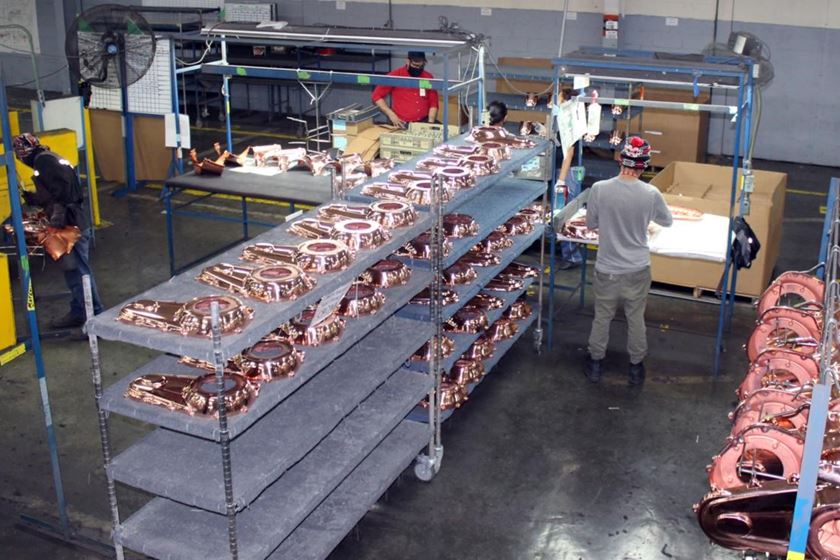Acid Zinc Plating Bath Can Be Mix-Potassium or All-Ammonium
Appears in Print as: 'Dipsol Acid Zinc Plating Bath Can Be Mix-Potassium or All-Ammonium'
Dipsol’s Z-3000 acid zinc plating system can be operated as a mixed-potassium bath or as an all-ammonium process to achieve high plating efficiency and corrosion resistance.
Dipsol’s Z-3000 acid zinc plating system can be operated as a mixed-potassium bath or as an all-ammonium process to achieve high plating efficiency and corrosion resistance. According to the company, this results in lower production costs in either rack or barrel applications over metal stampings, castings, and fasteners.
With only two components and a wide operating temperature range, the Z-3000 process is said to be simple to operate and maintain. The high-concentration-brightener system is completely water-soluble and free-rinsing for increased receptivity of passivates. Its low organic content provides increased adhesion and ductility in the plated deposit, while the increased thickness distribution reduces metal consumption, the company says. Use with Dipsol’s TC-21 clear blue or ZTB-447ASA black trivalent passivate systems is designed to produce a consistent, high-quality appearance and corrosion resistance.
RELATED CONTENT
-
Blackening of Ferrous Metals
The reasons for installing an in-house cold blackening system are many and varied.
-
Cleaning, Pretreatment to Meet Medical Specs ISO 13485 or FDA 21 CFR820
Maximilian Kessler from SurTec explains new practices for industrial parts cleaning, metal pretreatment and decorative electroplating in the medical device industry.
-
Plating Q&A: Can you color stainless steel?
Our expert, Art Kushner, says yes, you can color stainless steel, but it is not a process that is typically performed in a plating shop. Read more about his answer.















